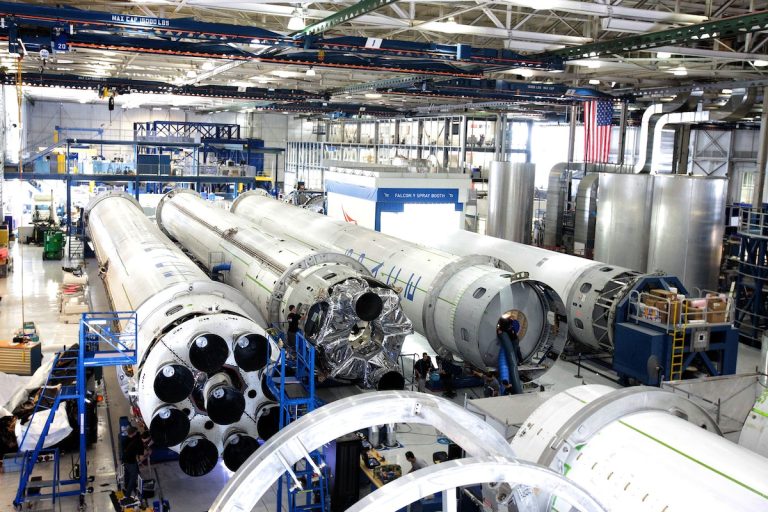- A preventive maintenance program and regular inspections can prevent costly breakdowns and downtime.
- Employee training on preventive maintenance, troubleshooting, inspections, and emergency procedures ensures quick issue resolution.
- Utilizing technology and data-driven techniques improves the prediction and prevention of equipment failures.
- Having spare parts on hand and effective waste management systems are vital for a smoothly running facility.
The manufacturing facility that you manage has many moving parts and equipment that must work together to keep production flowing smoothly. The maintenance of your facility is crucial to keep everything running reliably and efficiently.
In order to optimize your industrial operations, proper maintenance is essential. This blog will give you essential tips on how you can improve your maintenance procedures and optimize your industrial facility operations.
Establish a Preventive Maintenance Program
A preventive maintenance program can help you avoid costly breakdowns and downtime. It involves scheduling regular inspections and maintenance on all equipment in your facility. This allows you to identify and resolve potential problems before they become significant issues. Start by taking an inventory of all assets and equipment in your facility, and then create a maintenance schedule outlining when each piece of equipment needs to be inspected and serviced.
Train Your Employees

Your employees are your eyes and ears on the floor, so it’s essential to have a well-trained team. Your employees need to be trained on the following four things:
Preventive maintenance
Preventive maintenance training will help your employees identify potential problems and take the necessary steps to resolve them. You’ll need to provide your team with the knowledge and tools they need to carry out preventive maintenance tasks.
Troubleshooting
If something goes wrong, you need employees who are trained in troubleshooting techniques to help get your facility back up and running quickly. Make sure they have access to all necessary resources, such as manuals or repair kits.
Equipment inspection
Train your employees to understand the condition of each piece of equipment and how to inspect it properly. They should also be able to recognize any signs that something is wrong with a particular asset or system.
Emergency procedures
In case of an emergency, you need employees who know what to do in order to minimize damage and get your facility back up and running as quickly as possible. Make sure your team is familiar with the emergency protocols in place at your facility.
These training courses will ensure that your team is able to react quickly and appropriately to any potential problems in the facility.
Use Data-Driven Techniques
Data is critical to identifying and addressing issues in your facility. Use data analysis to identify patterns that indicate when equipment is likely to fail. Predictive maintenance tools can also be utilized to monitor equipment and predict when failures may happen. By collecting and analyzing data, you can make more informed decisions about what maintenance is needed and when.
Keep Spare Parts and Supplies on Hand
Inevitably, equipment will break down and require parts replacement. To minimize downtime, stock enough spare parts and supplies to handle repairs quickly. Keep an inventory of all parts and supplies, and track their usage regularly. This will help you determine when to reorder so that you don’t run out of parts when needed.
Don’t Forget Waste Management

Waste management is an essential part of maintenance and should not be neglected. Ensure that your facility has systems in place to properly store and dispose of hazardous materials, and have regular inspections to ensure everything is running smoothly. You should also have partners such as professional septic tank pumping service providers to help with waste disposal.
These experts are equipped with the necessary tools and skills to safely and effectively extract the waste material, thus ensuring the efficient operation of your septic system. Regular visits from professional septic tank pumpers are crucial to maintain the longevity of your system, prevent potential backups, and adhere to environmental regulations.
Implement Regular Equipment Upgrades
As technology advances, new equipment, and machinery may offer more efficient and reliable performance than older models. Regularly evaluating and upgrading your equipment can help you stay competitive and reduce the risk of unexpected breakdowns.
It’s crucial to have a plan to replace aging machinery and keep up-to-date with the latest industry advancements. Remember, an investment in updated equipment is an investment in your business’s future productivity and sustainability.
The efficiency and effectiveness of a manufacturing facility vastly rely on a sound maintenance strategy. Establishing a preventive maintenance program, training your employees, utilizing technology, employing data-driven techniques, ensuring a proper inventory of spare parts, and paying attention to waste management are vital elements that contribute to optimized industrial operations. Remember, a well-maintained facility increases productivity and fosters a safer, healthier work environment.










